Patan Durbar Square is situated at the centre of the city of Lalitpur in Nepal. It is one of the three Durbar Squares in the Kathmandu Valley, all of which are UNESCO World Heritage Sites. One of its attraction is the ancient royal palace where the Malla Kings of Lalitpur resided.
The Durbar Square is a marvel of Newar architecture. The square floor is tiled with red bricks. There are many temples and idols in the area. The main temples are aligned opposite of the western face of the palace. The entrance of the temples faces east, towards the palace. There is also a bell situated in the alignment beside the main temples. The Square also holds old Newari residential houses. There are other temples and structures in and around Patan Durbar Square built by the Newa People.
Perhaps Patan Durbar Square is one of the spectacular sight of Asia, and it is really full of Hindu temples and Buddhist monuments with bronze gateways, guardian deities and wonderful carvings and many visitors come here to see the these monuments. Patan Durbar square is the famous visiting place. The square is full of ancient places, temples, and shrines noted for their exquisite carvings.
The former royal palace complex is the centre of Patan’s religious and social life and houses a museum containing an array of bronze statues and religious objects. There are three main courtyards or chowks, so named central Mul Chowk, Sundari Chowk and Keshav Narayan Chowk in the square. The Sundari Chowk holds in its center a masterpiece of stone architecture, the Royal bath called Tushahity.
The Patan Durbar Square has many notable temples and buildings including the Krishna Mandir, Bhimsen Temple, Vishwanath Temple and Taleju Bhawani Temple. There is also the palace itself three main courtyards Mul Chowk, Sundari Chowk and Keshav Narayan Chowk. The Golden Temple or rat temple is just off the main Patan Durbar Square, to the north.
The square was heavily damaged by the earthquake in April 2015.
More about Patan Durbar Square:
Though the history of the Durbar Square is not clear, it said the Malla Kings of Lalitpur are credited with the establishment of the royal square, it is known that the site is an ancient crossroad. The Pradhanas, who settled around the site before the Mallas, have connections with the Durbar Square. Some chronicles hint that the Thakuri Dynasty built a palace and made reforms to the locality, but there is little evidence of this. Scholars are certain that Patan was a prosperous city since ancient times.
The Malla Kings made important changes to the square. Most of the current architecture is from the 1600s, constructed during the reign of King Siddhi Narsingh Malla and his son Srinivasa Sukriti. Some of the notable Malla Kings who improved the square include Purandarasimha Mall, Sivasimha Malla and Yoganarendra Malla.
Tentative plan for sightseeing/Patan Durbar Square:
Step 1: Meet your guide in your hotel, drive or walk to Patan Durbar Square.
Step 2: Buy entrance ticket, and start sightseeing
Step 3: Sightseeing and,
Step 4: End sightseeing, drive or walk back to your hotel or go for lunch
Well this sightseeing plan provide in-depth about the Patan Durbar Square, and you will go in details. There is so much to see and learn.
Package details:
| DEPARTURE/RETURN LOCATION | Your hotel or Patan Durbar Square | |||||
| JOIN GROUP | 1 day before | |||||
| SERVICE INCLUDES |
|
|||||
| SERVICE EXCLUDES |
|
Highlights of Sightseeing /Patan Durbar Square:
Chyasin Dewal (Octagonal Temple)
The very first temple you will come across is Chyasin Dewal, one of two Krishna temples in the square. The attractive octagonal solid granite temple was built in 1637-47 by Siddhi Narasimha and is worthy of a walk around as it is one of the square’s best examples of solid stone temples. Do note the two stone lion guardians at the bottom of the platform steps leading to the first floor. Inside here is the statue to Krishna. Two stone floors above have unique balconies.
Taleju Bell, Patan Durbar Square
Just north of Octagonal (Chyasin Dewal) is a huge cast-iron Taleju Bell. This Taleju Bell is mounted between two stone pillars which was erected in 1736-37. Public legend, or people still talk about or rumored to terrify the king’s enemies when it was rung. In general it was used for kings announcements and also more likely used to signal incoming invaders.
Krishna Mandir, Patan, Nepal
Krishna temple is the most important temple bult in seventeenth century, in Patan Durbar Square. It was built in the local variety of Shikhara style architecture called Granthakuta. The stone carvings along the beam above the first and second-floor pillar are most notable. The first-floor pillar carvings narrate the events of the Mahabharata, while on the second floor there are visual carvings from Ramayana. It is the only temple in Nepal having 21 spires (गजुर, a church or temple that tapers to a tapering conical or pyramidal structure on the top of a building, typically a church tower, pyramid sturecture) and is completely made of stone. The temple was built in 1637 by King Siddhi Narsingh Malla. It is said that one night the King saw Lord Krishna and his consort Srimati Radha standing in front of the royal palace. He ordered a temple to be built on the same spot. There are 21 golden pinnacles in the temple. Below the pinnacles are three stories. The first floor holds the main shrine of Lord Krishna with shrines of Radha and Rukmini at each side. The second floor is dedicated to Lord Shiva and the third to Lokeshwor (Avalokiteshvara). The square is crowded with thousands of Hindu Pilgrims and devotees during Krishnastami.
Vishwanath Temple
Vishwanath Temple is dedicated to God Shiva. It was built in 1627 during the reign of Siddhi Narsingh Malla. The roof supports are decorated with erotic carvings similar to imagery widespread in Shiva temples when King Siddhi Narsingh witnessed the moguls destroy the Vishwanath Temple in Banaras. The temple is guarded by two stone elephants in the front entrance. On the other side of the temple is the sculpture of a bull, Shiva’s vehicle. A stone linga is enshrined inside the temple.
Bhimsen Temple
Bhimsen (Bhin : dya) Temple was built by Srinivasa Malla in 1680. It is renowned for its three interconnected golden windows. Bhimsen one of the five Pandvas, is a great personality in Mahabharata. He was known to be brave and strong. In Newa, he is traditionally worshiped as a god of business and trade. It is also believed that he has superhuman strength. That’s why the drawings and carvings in the temple depict him as a red muscleman, someone who is crushing and elephant with a knee or lifting a horse.
The pagoda has three storey and what makes it different than other temples is that it has an unusual rectangular plan. The temple was built centuries ago and rebuilt in 1682, after which it has been restored thrice- in 1935, 1967 and most recently after the 2015 earthquake. Non-Hindus can climb to the upper level to view the wide eyed statue once the repairs are complete.
Tourists are not allowed inside the temple.
Taleju Bhawani Temple
Taleju temple was built by Siddhi Narsingh Malla in 1640 and rebuilt by Srinivasa Malla in 1667 after a fire. Taleju Bhawani was the personal deity of the Malla kings. It is a five-storey temple with triple-roofs. The 14th century chronicle of Gopala kings hint a Taleju temple was built by the Pradhanas before the Mallas.
Bhandarkhal Tank
After sightseeing in Sundari Chowk you may take quick walk to the Bhandarkhal tank (Pond) which was built in 1667. This was one of the main water supply for the durbar
Additional information
| Group-size | Any Size |
|---|
It is full day sightseeing trip to Patan Durbar Square.
Highlights of Sightseeing:
1. Patan Durbar Square area
2. Chyasin Dewal (Octagonal Temple)
3. Taleju Bell
3. Krishna Mandir, Patan, Nepal
4. Bhimsen Temple
5.Vishwanath Temple
6. Taleju Bhawani Temple
7. Bhandarkhal Tank
9. Patan Museum
10. Mul Cowk, (Cowk means yaard or the centre)
11. Sundari Chowk
12. Keshav Narayan Chowk
13. Bhai Degal and more…
Cost for this day trip: US$ 50 in total (for full day guiding tour).
For above tour Guide cost US$ 50 for a full day guiding fee. This price apply for small group to big group. For example if you are less than 10 pax, then you need to dive the total cost accordingly.
Please note that your tour starting point is from Patan Durbar Square. If you wish your guide come to your hotel and drive or walk with the group or individuals, email us where you like to meet up with your guide and start your touring. We are flexible for time and meeting place. And you will end this tour at the Patan Durbar Square or after sightseeing guide can drop your hotel and or any other places you started or wish to drop.
Besides Patan Durbar Square, if you wish to included sightseeing around Patan such as visiting Golden Gate temple, Bangalamukhi Temple or some of the Ashoka Stupas, can be included without any extra charge.
This price does not includes any transportation or taxi if you wish to drive. It is guided tour and if you wish start your trip from your hotel, our guide can meet your hotel but from hotel to Patan Durbar Square whatever mode of transportation you use, needed to taken by yourself or the group.

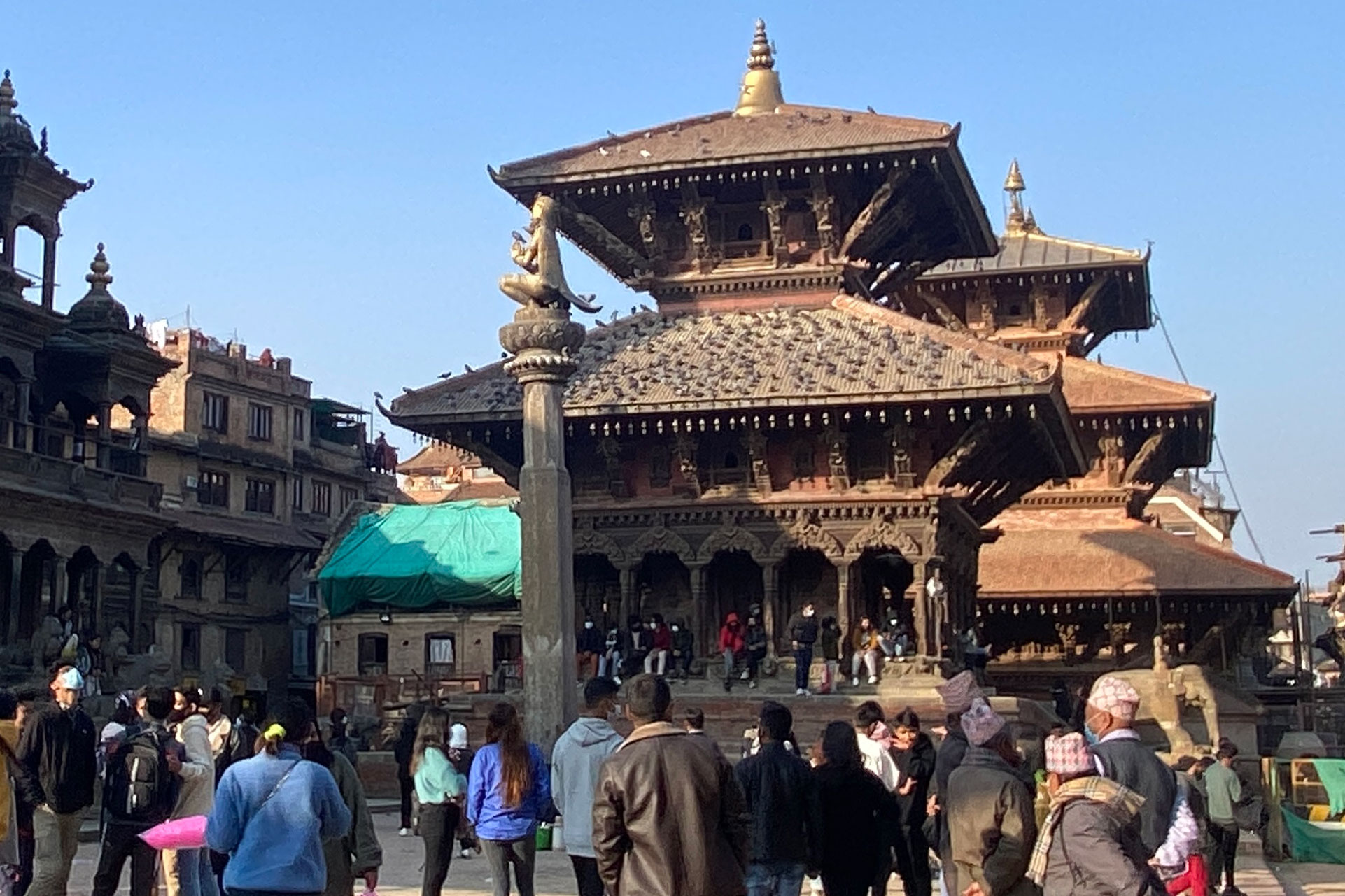
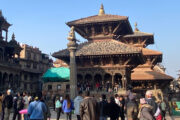





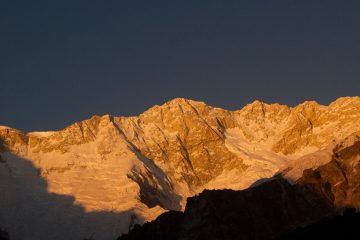
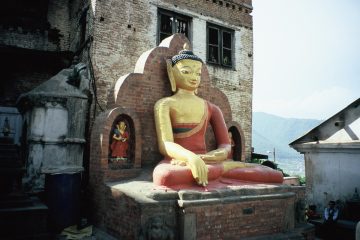
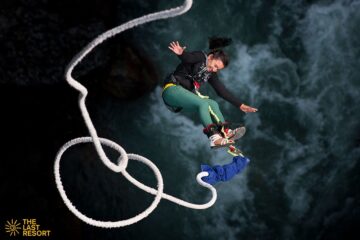
Tour Reviews
There are no reviews yet.
Leave a Review